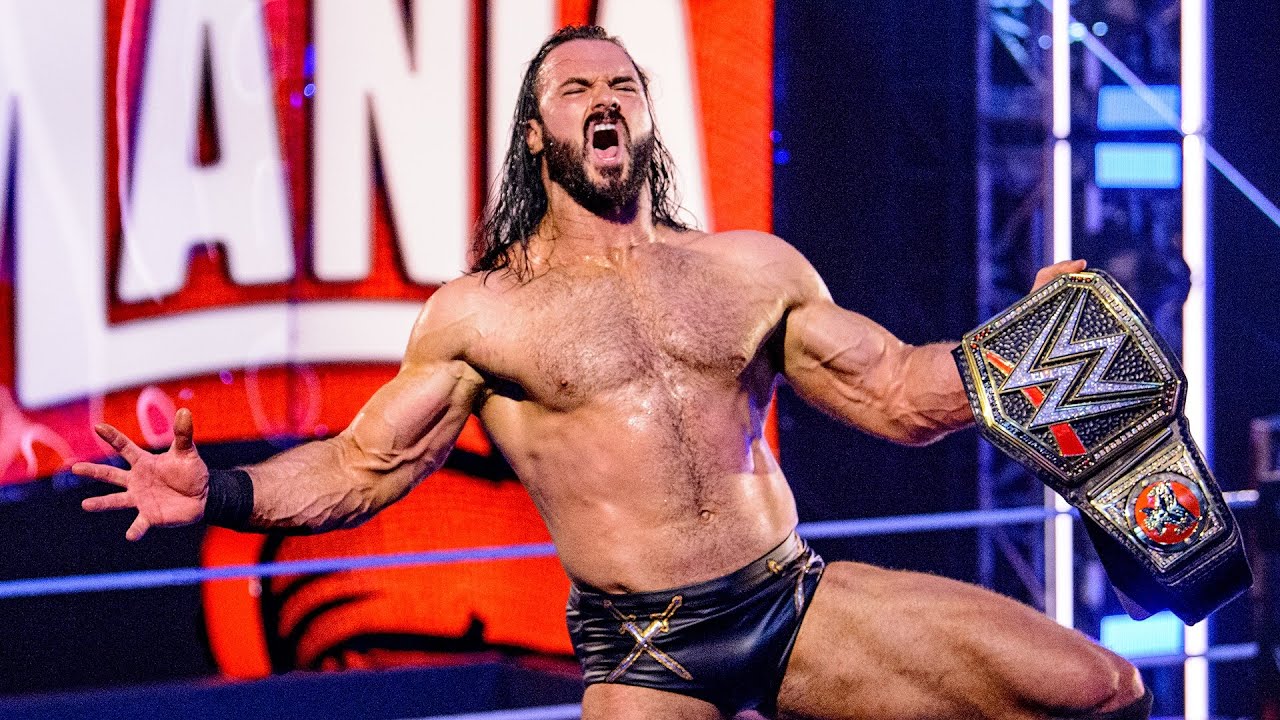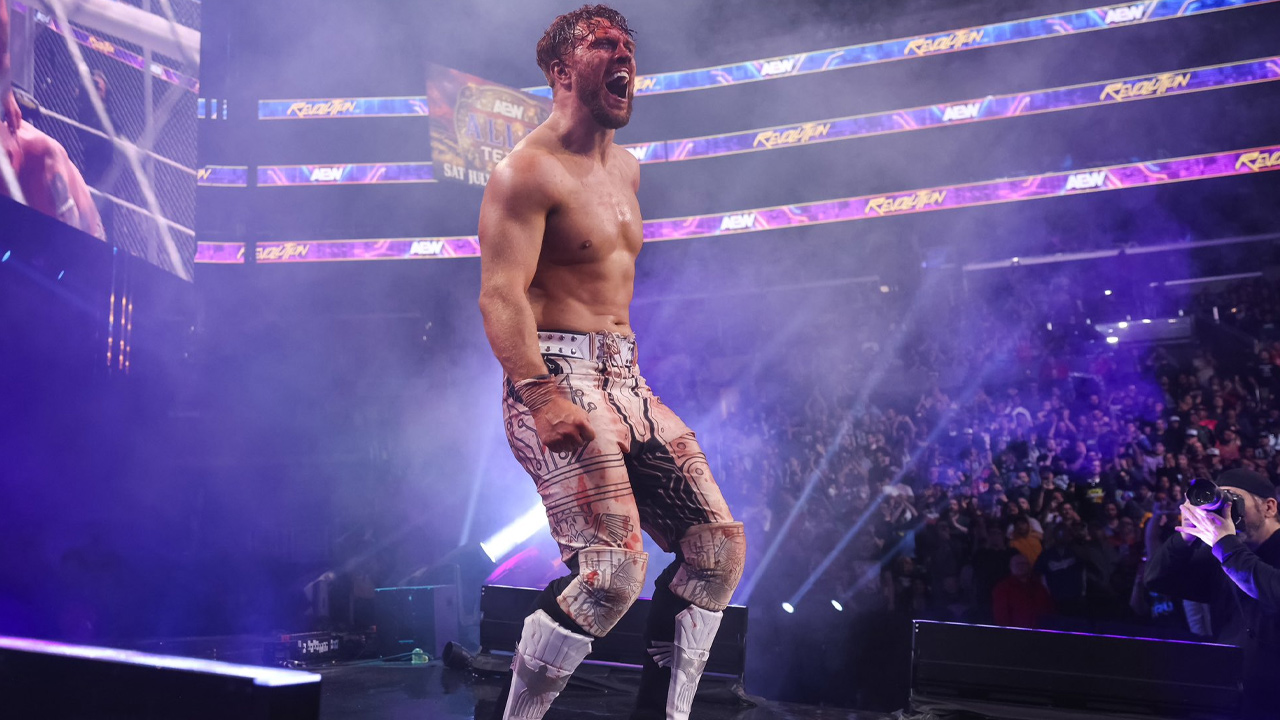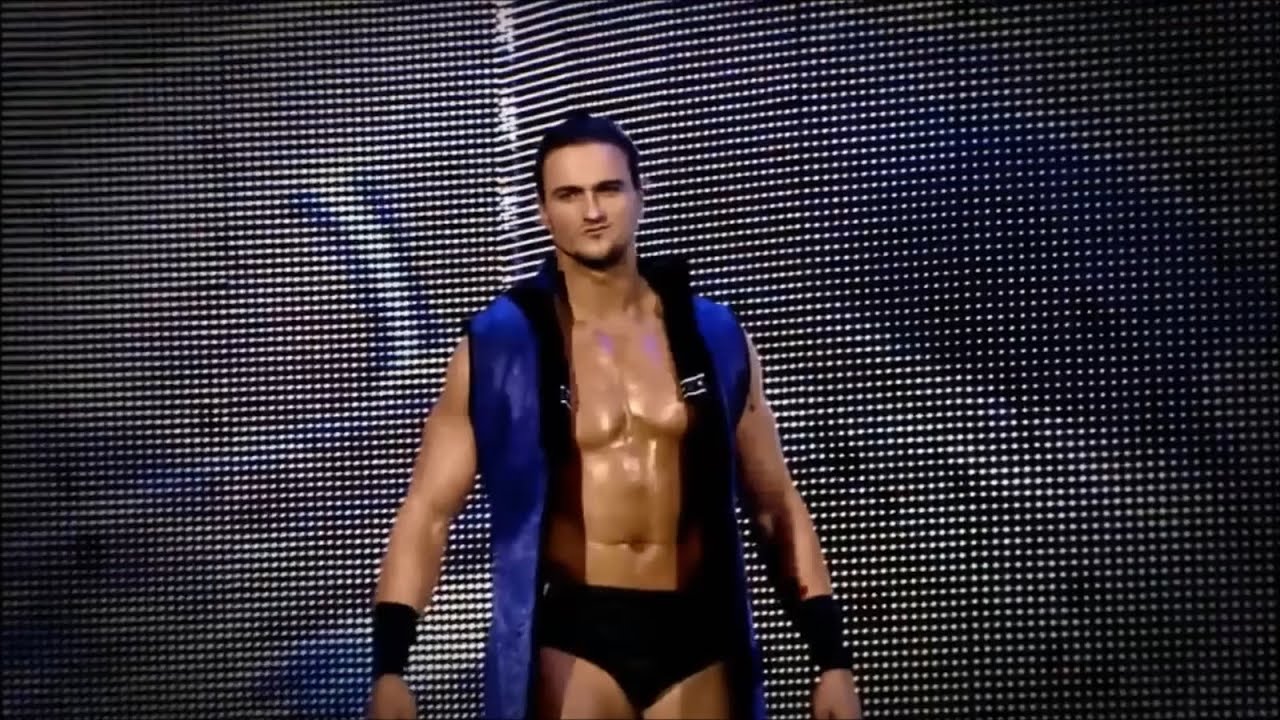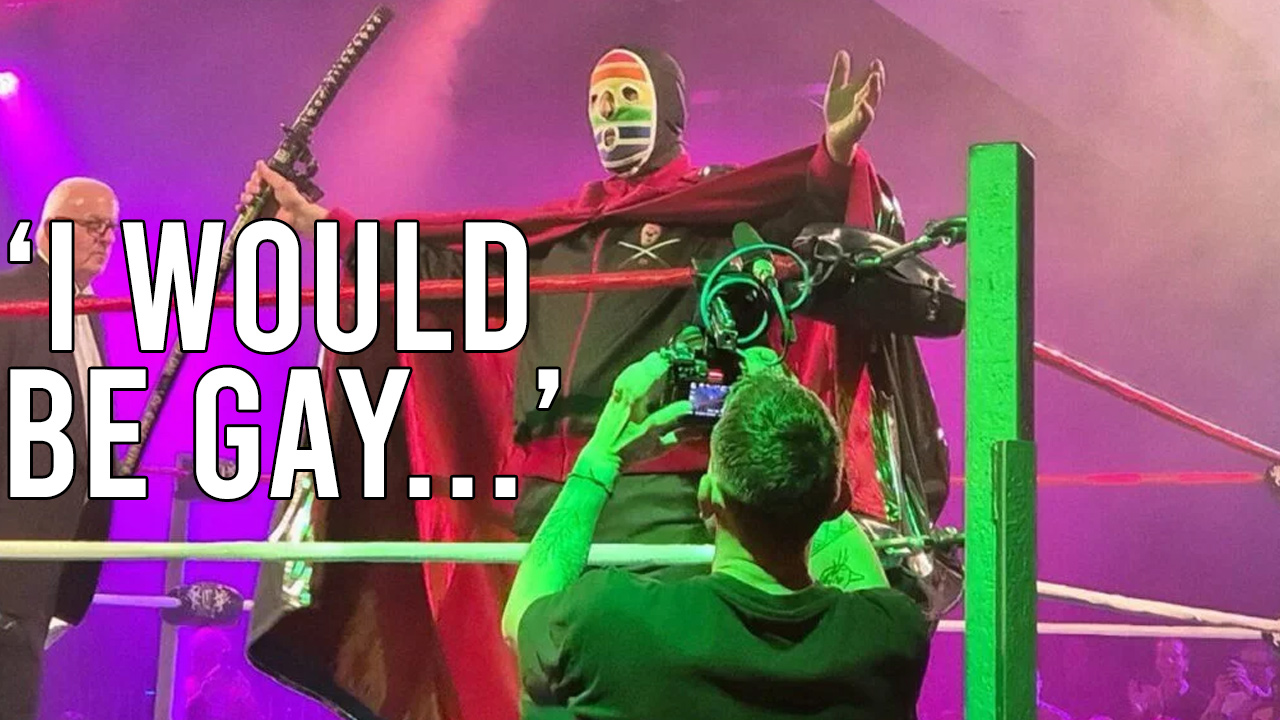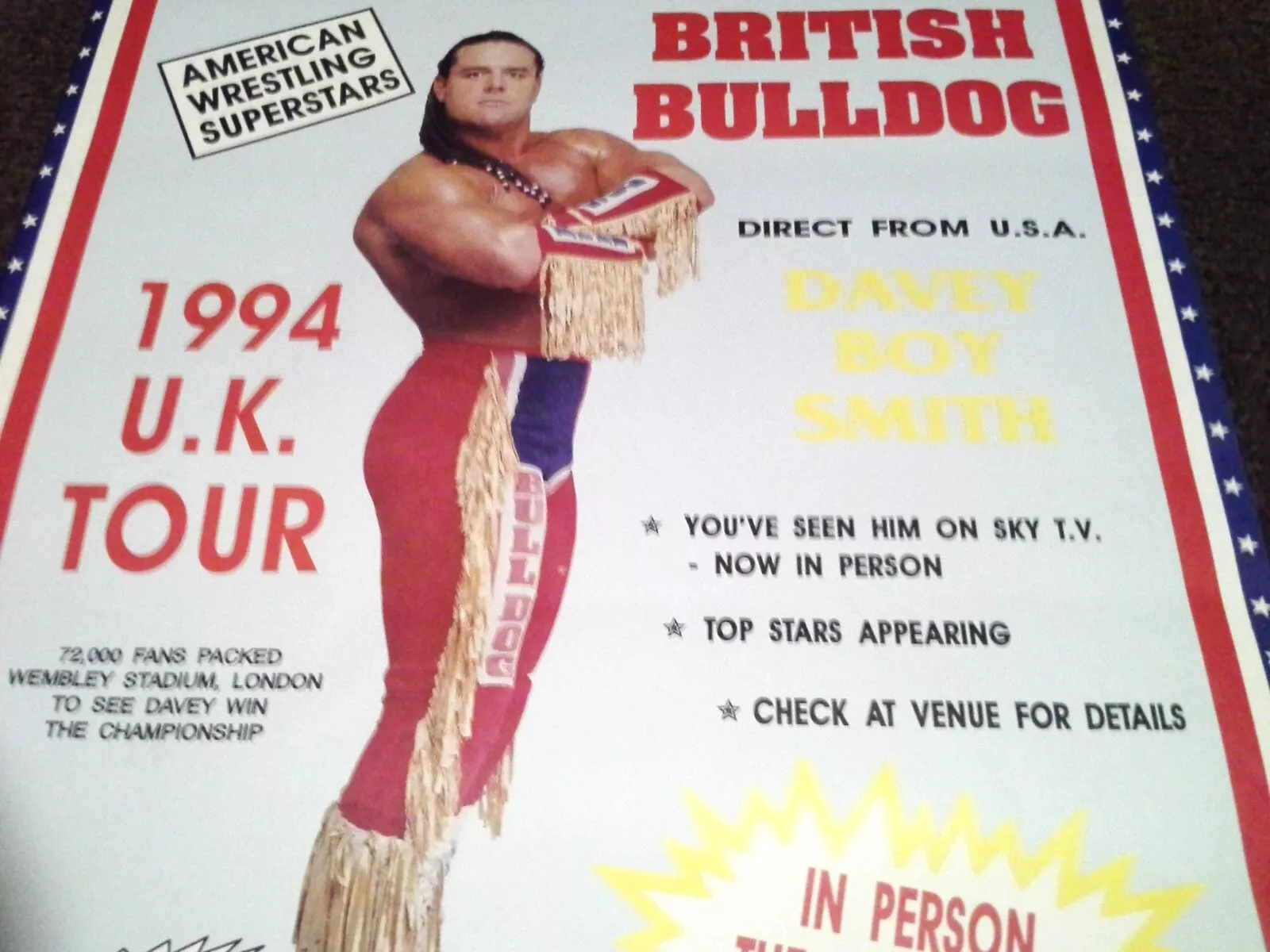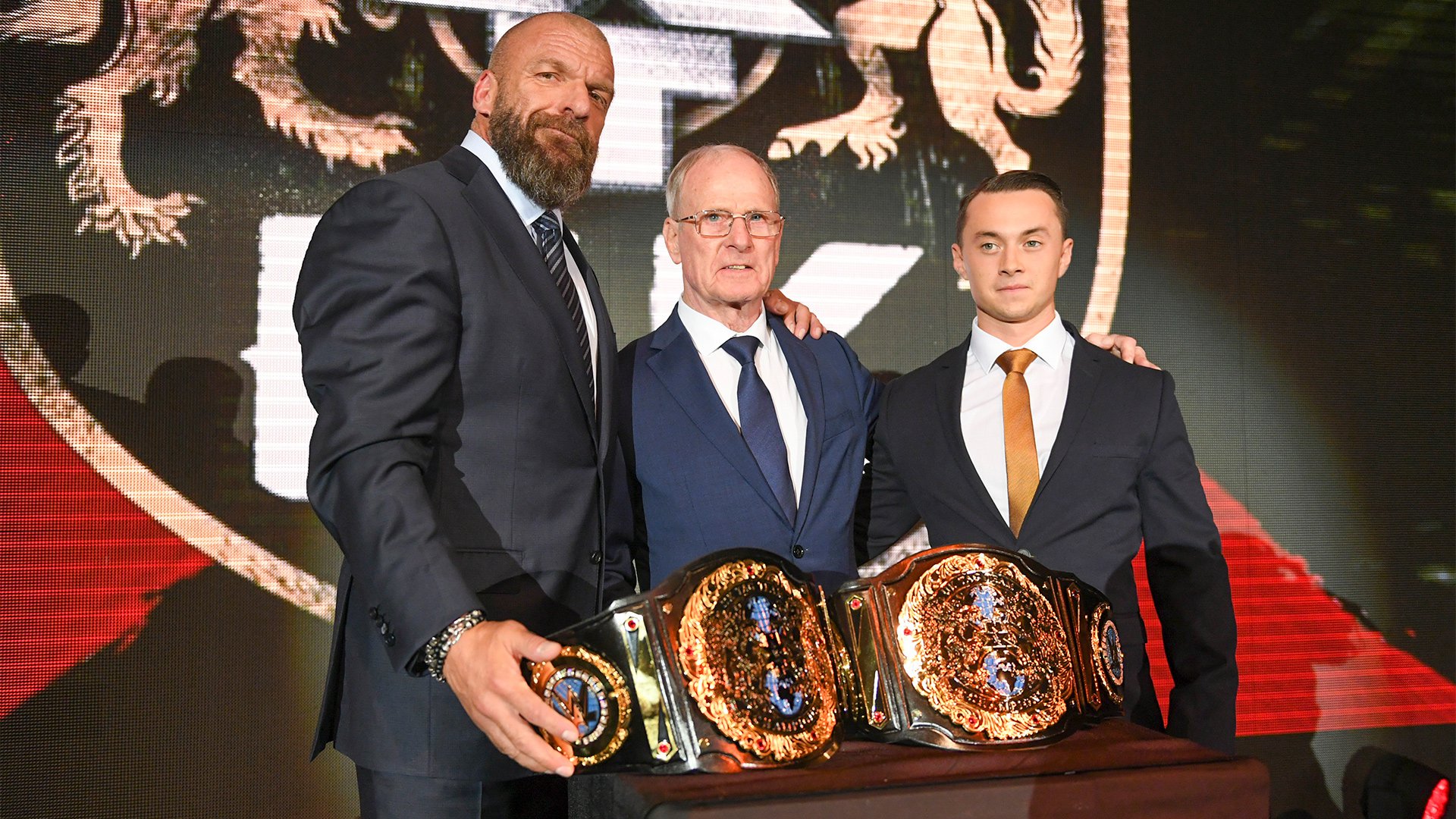If you were to say Kendo Nagasaki to a Japanese, American, or Canadian wrestling fan the gimmick portrayed by Peter Thornley may not be foremost in their mind.
Indeed, the mysterious masked man may be a household name in the UK, but abroad, the name is more synonymous with Kazuo Sakurada who coopted the Nagasaki moniker.
As guilty as he is of stealing Britain’s domain, the opposite is not unusual (just look at Kendo’s manager “Gorgeous” George Gillette!), and here are five examples to prove it.
1. Steve Regal
Before crashing onto British television during the tail end of its run on ITV, the Staffordshire-born Darren Matthews needed to come up with a ring name.
Looking through an American magazine, he stumbled upon a name that appealed to him: that of American Wrestling Association performer “Mr Electricity” Steve Williams. “I liked it,” he said, “it sounded just right.”
As for the original, he said the reappropriation of his name does not bother him and has praised Regal as a wrestler while saying, if anything, it has helped him sell more merchandise!
According to his autobiography Walking A Golden Mile, Regal was dismayed when promotor Max Crabtree tried to push him as Roy Regal, a name Matthews derided as sounding like a “gay cowboy.”
It would not be the only stolen gimmick, with Regal also using the nickname “Nature Boy” early on in his career.
Regal would form a memorable duo with Robbie Brookside as The Golden Boys. Their US influences were evident by their use of tag manoeuvres like the Hart Attack and double dropkick, moves alien to British wrestling fans.
Steve Regal would later become Lord Steven Regal in WCW and William Regal in the WWE. Whether the aggressive, rugged killer or the Joseph Chamberlain-esque cartoonishly pomp aristocrat, Regal’s thoroughly British technical style always reflected his roots taking on all comers at the fairgrounds and on the beaches of Blackpool.
2. Skull Murphy
As a child, I was skeptical of my dad who said he remembered watching Skull Murphy wrestling on British TV in the 1980s. According to my wrestling encyclopedia, that was impossible, on count of Murphy having passed away in 1970.
Of course, the book was talking about the Canadian wrestler, real name John Murphy. The bald, stocky bruiser was best known as a tag wrestler, especially with partner Brute Bernard, before taking his own life via overdose aged just 39.
The British Skull Murphy was portrayed by Peter Northey. The son of a wrestler, Northey was born in Plymouth and was thinner and more blank-faced performer than the original Murphy.
He is perhaps best remembered for his tag team with Fit Finlay. Known as the Riot Squad, they would win the 1982 World of Sport tag tournament.
Murphy, alongside Finlay and “Rollerball” Rocco would compete in a dark match at the WWF’s first ever UK event, aired on Sky in 1989.
As a solo performer, some of his more memorable bouts would be against Marty Jones, including in a series of rare stipulation bouts like chain or ladder matches.
In 1995, Murphy would win the British Light Heavyweight belt, defeating Alan Kilby.
He would continue to tour the British certain until 2013.
3. Greg Valentine
To American fans, Greg Valentine would bring up memories of “The Hammer”. Although he would never progress much beyond the mid-card, he was a reliable performer with runs in the NWA and WWF as United States and Intercontinental champion.
Like the American, the British Valentine had a solid head of blonde hair.
This Greg Valentine was Steve Crabtree, son of the promotor Max.
The majority of his matches would see him in tag action with his uncle Big Daddy. As a unit, they regularly wrestled as headliners against Giant Haystacks. However, more notoriously, his name will always be synonymous with a match in Great Yarmouth in August 1987 in which the wrestle Mal “King Kong” Kirk would be killed in the ring.
He would also team with Danny Boy Collins as The Young Ones.
As a solo star, he was able to win the Royal Albert Challenge Trophy in 1984 defeating Sid Cooper and the 1986 Golden Grappler Trophy, beating Mick McMichael.
4. Black Jack Mulligan
Britain’s Black Jack Mulligan was portrayed by Lawrence Coulson. The so-called “Tyneside Terror” made his TV wrestling debut in December 1971, starting off a long running career where he largely played the role of enhancement talent.
Wrestling Heritage notes his role in “being the last opponent of George Kidd, wrestling a strong but inexperienced Harvey Smith and helping on his way another rising star, Dynamite Kid.” Of the matches that still exist online, he can be seen staring at the lights against opponents as diverse as Sammy Lee (Satoru Sayama / Tiger Mask), Kung Fu, and Davey Boy Smith.
During his career, he underwent a drastic image change.
Early on, he wore a full-body red singlet and donned a long, straggly skullet with a full-face beard, reminiscent of poet Allen Ginsberg or Stranger Things actor Brett Gelman. He then became unrecognisable, wearing a biker jacket and tights with a barrel chest and shaved head, looking more like wrestler Bill Goldberg or the comedian Alexei Sayle.
The name Blackjack Mulligan however is more commonly linked with the tall, moustachoed, brawling Texan who feuded with Bruno Sammartino and Pedro Morales. Although best known for his Blackjacks tag team with partner Blackjack Lanza, he also shared tag belts with some of the biggest stars in the business like Dusty Rhodes and Ric Flair.
Perhaps his legacy is best distilled by being the father of Barry Windham and the grandfather of WWE’s Bray Wyatt.
5. Ray Stevens
Ray Stevens in the US was one of the most unsung wrestlers of the 1970s. Making it big before the commercial wrestling boom of the 1980s, he was one of the biggest stars in the San Francisco territory, forming the Blond Bombers team with Pat Patterson. A man who influenced Ric Flair and outsold Elvis at the Cow Palace, he had the moniker “The Crippler” after using his bombs away diving knee drop to break Dr X’s (Dick Beyer’s) leg.
Britain’s Ray Stevens was Peter Critchley of Yorkshire. The name was chosen as he could not use his real name as he desired due to the popularity of another wrestler with the same surname, Romeo Joe Critchley.
He primarily worked for northern promotors like Cyril Knowles.
From my research, only one match of his still exists online, an August 1987 bout in which he fights Ian McGregor to a draw. In it, you can see his distinctive look of silky blond hair, a vibrant tracksuit, and a prominent nose.
In a bizarre twist, Stevens would leave the business to maintain a successful bakery business, remarking “I loved wrestling but to be a star, you have to devote all your time to it. I did not have the time.”

